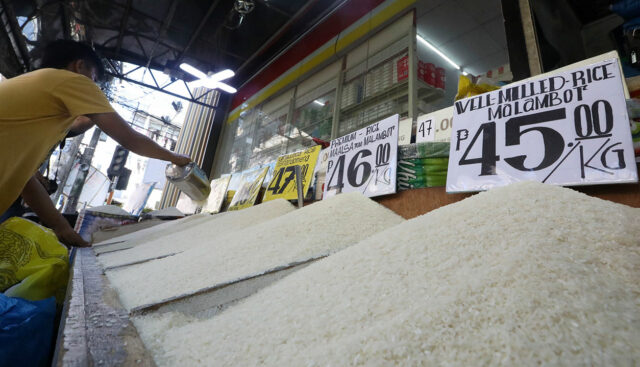Kumon Instructor: Empowering the youth through education
Youth empowerment comes through education, for developing the next generation’s abilities is an impactful means to drive them toward future successes. While young students get to learn different fundamental skills in school, Kumon and its educators further empower them through its unique supplementary education program.
Being one of the top-notch education franchises in the world, Kumon has provided a space for a lot of educators to empower the young generation by advancing their capacities in Math and Reading through the application of the Kumon Method of Learning.
Practicing the Kumon Method involves letting students work at the “just-right” level through worksheet study with instructors’ guidance only when needed. As such, instructors franchising with Kumon and helping children study with its distinct way of learning can empower the youth in their respective communities not only by improving the necessary skills of doing math and reading but also by developing the ability to self-learn.
Professionals who are passionate about empowering students by enriching their learning skills can find an avenue to do so by becoming a Kumon instructor-franchisee.
How Kumon empowers franchisee-instructors

For instructors to pursue their passion for youth empowerment and education, Kumon empowers them by providing training, learning opportunities, and support in opening an education business.
Interested applicants would have to go through several phases of training to become a Kumon instructor-franchisee. Once they pass the initial stage of screening, Kumon Philippines, Inc. (KPI) franchise arm would provide hands-on training about the Kumon Method as well as business strategies needed to run their Kumon Centers.
Kumon also helps Instructor-franchisees in ensuring their Kumon Centers are well-situated by providing a List of Open Areas found to have good prospects for an education business to thrive in.
Sustaining instructors’ operations
When instructor-franchisees have initiated their operations, they can still expect continued support from Kumon for the growth and development of their Kumon Centers through constant and aggressive communication and marketing. Kumon also encourages consultations between instructor-franchisees and area managers to maintain quality instruction and management of their Kumon Centers.
To ensure that students find learning empowering through its program, Kumon maintains the quality of the Kumon Method by always safeguarding, reviewing, and updating the materials supplied to Centers.
Kumon further enhances the skills of their instructor-franchisees by offering learning opportunities – both local and overseas – where they could also meet other instructor-franchisees and get good practices and insights from them.
By providing support in running an education business while spreading Kumon’s unique learning method and materials to more communities, Kumon instructors are equipped to further develop the skills and potential of younger generations.
Empower the young generation with education as an instructor at Kumon. Apply for a franchise at https://ph.kumonglobal.com/openkumoncenter/.
Spotlight is BusinessWorld’s sponsored section that allows advertisers to amplify their brand and connect with BusinessWorld’s audience by enabling them to publish their stories directly on the BusinessWorld website. For more information, send an email to online@bworldonline.com.
Join us on Viber at https://bit.ly/3hv6bLA to get more updates and subscribe to BusinessWorld’s titles and get exclusive content through www.bworld-x.com.













